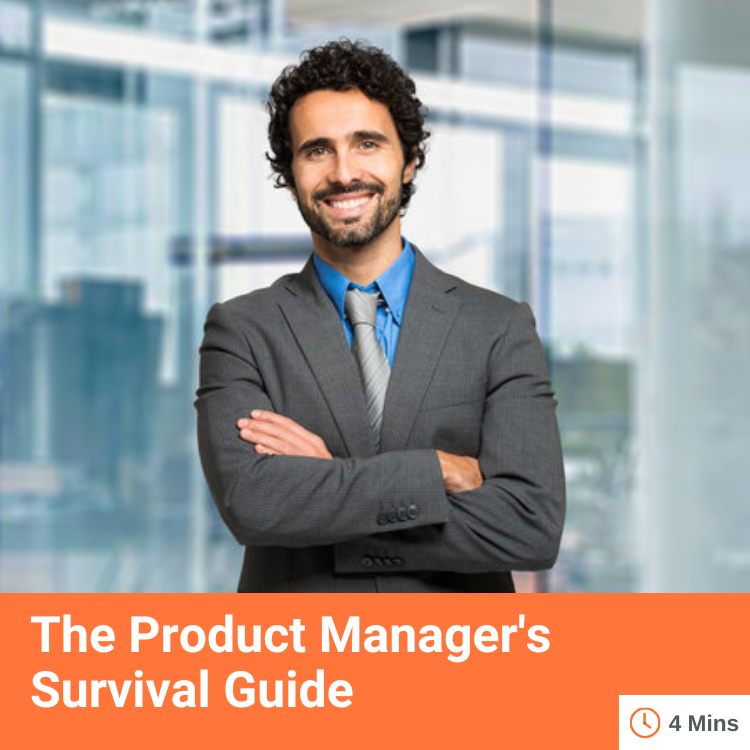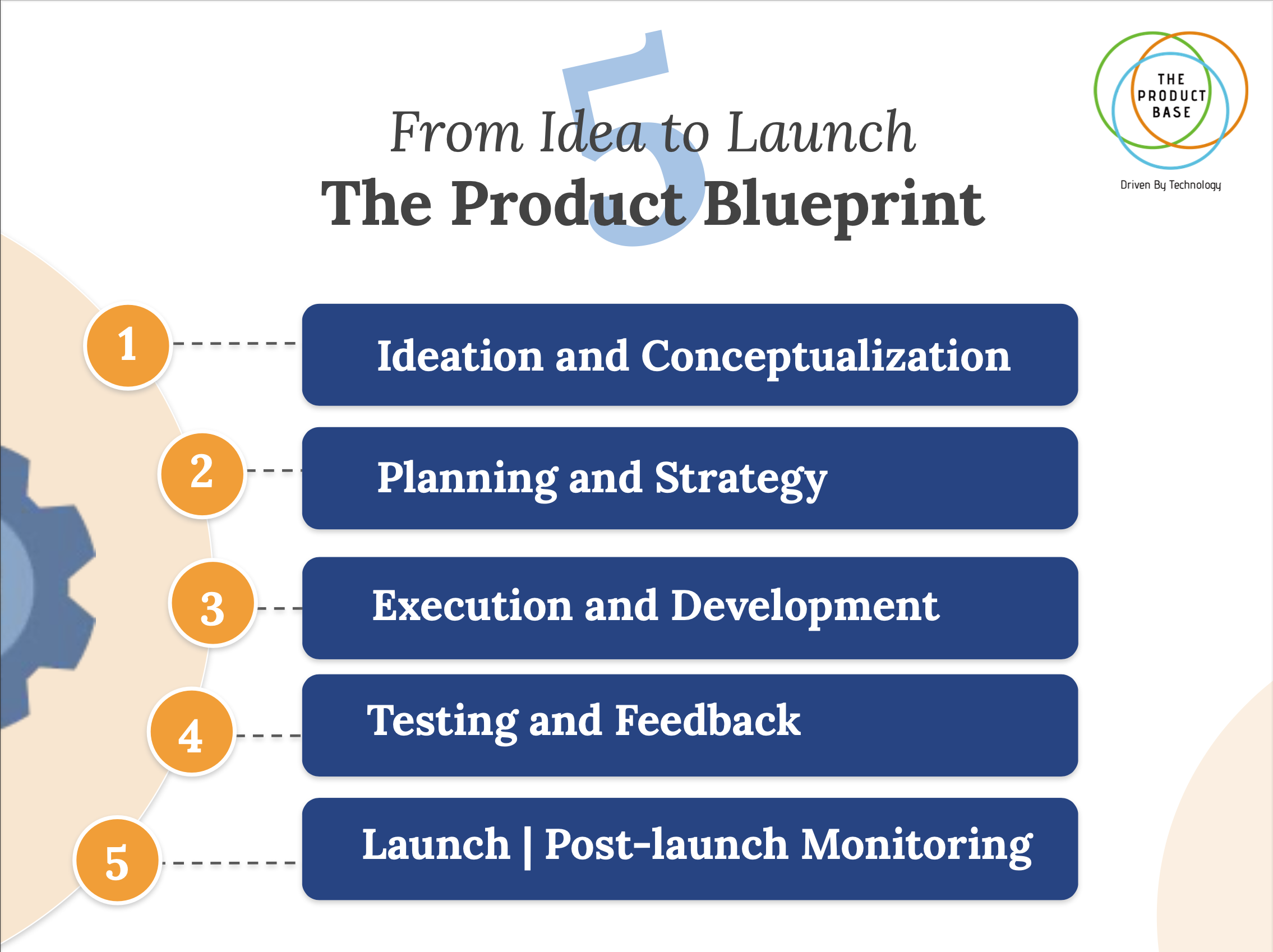Becoming a successful product manager isn't just about understanding your product; it's about navigating a dynamic landscape of challenges, stakeholders, and ever-evolving market demands. The journey from ideation to launch and beyond is filled with twists and turns that demand resilience, adaptability, and a mastery of various skills. In this article, we'll explore each step of the product management process.
Step 1: Ideation and Conceptualization
The first step in any product manager's journey is the ideation and conceptualization phase. This is where ideas are born, potential opportunities are identified, and initial concepts take shape. Challenges in this phase often revolve around generating innovative ideas, understanding market needs, and aligning stakeholders' expectations.
Skills Required:
- Creative thinking and problem-solving abilities
- Market research and analysis skills
- Effective communication and collaboration with cross-functional teams
To Tackle Challenges:
- Conduct thorough market research to identify gaps and opportunities.
- Foster a culture of innovation within your team through brainstorming sessions and idea-generation exercises.
- Clearly communicate the vision and value proposition of the product to align with stakeholders' expectations.
Step 2: Planning and Strategy Development
Once a concept is fleshed out, it's time to develop a comprehensive plan and strategy for bringing the product to market. Challenges at this stage often include resource allocation, timeline management, and prioritization of features.
Skills Required:
- Strategic thinking and long-term planning
- Project management and organizational skills
- Ability to prioritize tasks and make data-driven decisions
To Tackle Challenges:
- Break down the project into manageable tasks and create a detailed project plan.
- Prioritize features based on customer needs, market trends, and business goals.
- Anticipate potential roadblocks and have contingency plans in place to mitigate risks.
Step 3: Execution and Development
With a solid plan in place, it's time to execute and bring the product to life. This phase involves coordinating with development teams, overseeing the implementation of features, and ensuring the product meets quality standards.
Skills Required:
- Technical understanding of the product and development process
- Leadership and team management skills
- Attention to detail and quality assurance
To Tackle Challenges:
- Foster a collaborative environment between product, engineering, and design teams.
- Communicate clearly and regularly with stakeholders to provide updates on progress and address any concerns.
- Implement agile methodologies to adapt to changing requirements and priorities.
Step 4: Testing and Feedback
Testing is a critical phase in the product management process, where the product is evaluated for usability, functionality, and overall user experience. Challenges in this phase often revolve around gathering actionable feedback, prioritizing issues, and iterating quickly.
Skills Required:
- User testing and feedback analysis
- Adaptability and willingness to iterate
- Stakeholder management and communication skills
To Tackle Challenges:
- Implement user testing protocols to gather qualitative and quantitative feedback.
- Prioritize issues based on severity and impact on the user experience.
- Iterate quickly based on feedback, keeping stakeholders informed of any changes.
Step 5: Launch and Post-launch Monitoring
The final step in the product management process is the launch and post-launch monitoring phase. This involves orchestrating a successful launch, monitoring key metrics, and iterating based on user feedback and market trends.
Skills Required:
- Launch planning and execution
- Data analysis and performance tracking
- Customer relationship management
To Tackle Challenges:
- Plan a comprehensive launch strategy, including marketing campaigns, PR efforts, and customer outreach.
- Monitor key metrics such as user engagement, retention, and satisfaction to gauge the product's success.
- Continuously gather feedback from users and iterate on the product to address any issues or opportunities for improvement.
So, remember, as you embark on your journey as a product manager, it's not just about ticking off tasks on a checklist. It's about embracing the challenges, learning from them, and growing stronger with every hurdle you overcome. Keep your vision clear, your mind sharp, and your determination unwavering. Go out there and make your mark!


